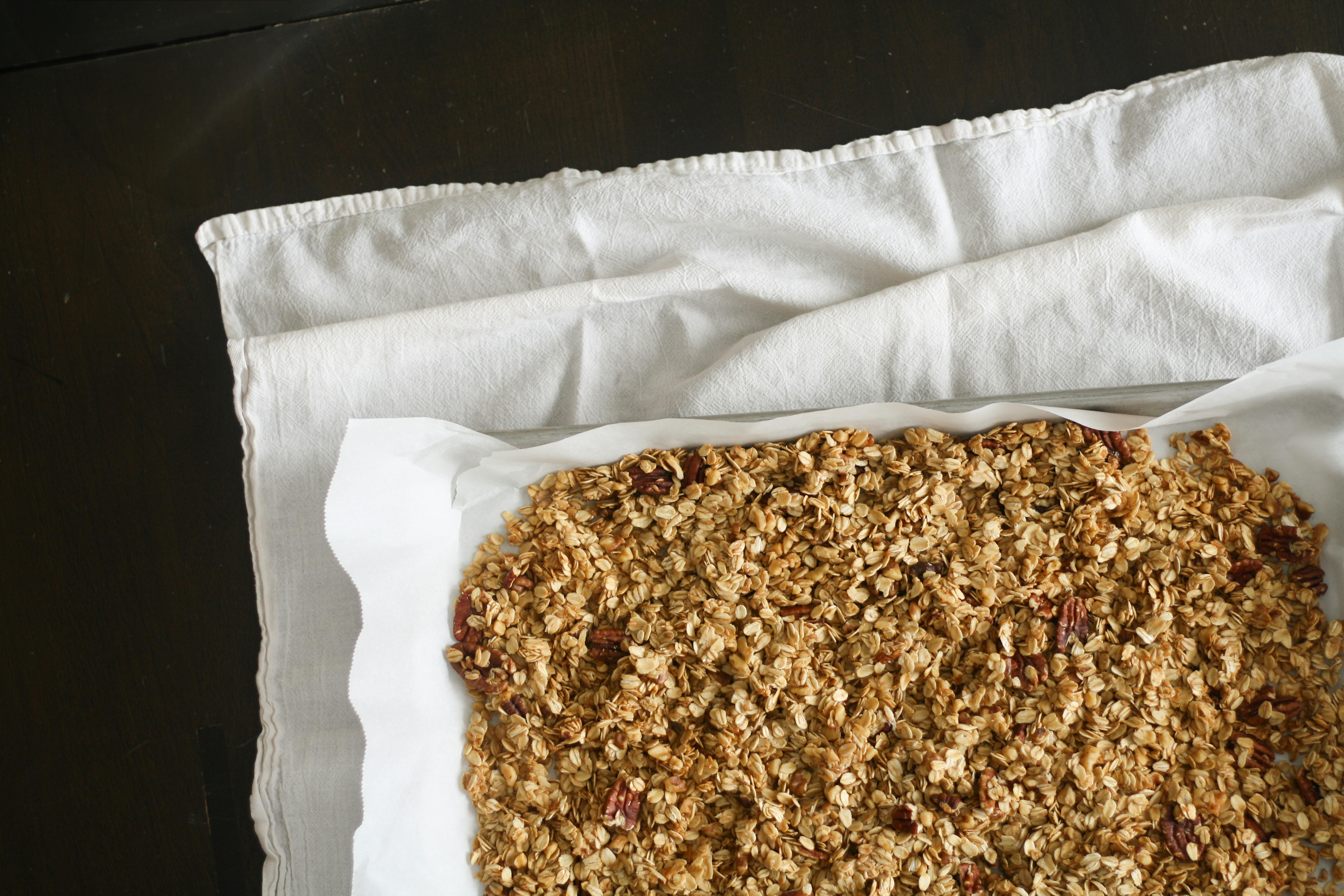
Effective Ways to Optimize Your Jain Diet in 2025
The Jain diet is not just a way of eating but a lifestyle that encapsulates ethical considerations and a deep respect for all living beings. As we enter 2025, many individuals are eager to adopt or refine their Jain dietary habits, which emphasize vegetarianism, purity, and mindfulness. This article explores effective strategies for optimizing your Jain diet today, focusing on the core principles, meal planning, and the benefits that this dietary pattern can offer. Additionally, we will delve into how these practices align with the broader themes of health and sustainability. For those interested in vegan Jain recipes and practical meal ideas, stay tuned for invaluable tips that will enhance your dietary journey.
Key takeaways from this article will include an exploration of Jain food categories, effective Jain cooking techniques, and insights into the benefits of adopting a Jain lifestyle. Furthermore, we’ll touch upon the cultural significance of Jain fasting rituals and their implications for health and wellness.
Understanding Jain Dietary Principles
Building on the ethical foundations, the Jain diet is characterized by specific dietary restrictions aimed at minimizing harm to living beings. These fundamental principles shape various foods allowed within the diet and contribute to the overall health and wellness of practitioners. The primary tenets include the avoidance of meat, fish, eggs, and certain root vegetables. The rationale behind these restrictions is rooted in the belief in non-violence and respect for all forms of life, making the Jain diet rich in vegetables, fruits, grains, and legumes.
Core Components of the Jain Diet
The Jain diet encompasses a variety of food categories, including grains, pulses, and a plethora of vegetables. Staples include whole grains like wheat, rice, and millet, which provide essential carbs and fiber. Plant-based proteins from pulses such as lentils and chickpeas form a significant part of meal plans. Moreover, the inclusion of seasonal vegetables ensures that the diet is nutrient-dense and aligned with the natural rhythms of the environment.
Foods to Avoid in the Jain Diet
Certain foods are considered incompatible with Jain dietary laws due to their potential harm to microorganisms and other living beings. Root vegetables such as onions, garlic, and potatoes are avoided as they involve uprooting the plant, thereby causing harm to the organism. Additionally, fermented products and many processed foods may also fall outside the diet due to the possibility of microbial life being present. Understanding these restrictions is crucial to help individuals make informed food choices within the Jain framework.
Health Benefits Associated with Jain Dietary Practices
Research supports the idea that a well-planned Jain diet can lead to numerous health benefits. The high fiber content of the grains and vegetables promotes digestive health and can help reduce the risk of chronic diseases, including heart disease and diabetes. Additionally, the avoidance of meat aligns with lower levels of saturated fats and harmful pathogens often present in animal products. This vegetarian approach, coupled with mindfulness in food choices, contributes to both physical wellness and mental clarity.
Creating Balanced Jain Meal Plans
With these dietary principles in mind, the next step is to design practical and balanced Jain meal plans. These plans not only cater to nutritional needs but also respect Jain dietary restrictions. Incorporating a variety of foods within the meal plan ensures that all essential nutrients are consumed while following Jain food habits.
Essential Jain Meal Ideas
For a balanced Jain meal, consider incorporating dishes like khichdi, a comforting mix of rice and lentils cooked together, or vegetable pulao, which highlights seasonal vegetables and fragrant spices. Bringing in a variety of salads mixed with herbs such as coriander and mint can enhance flavors and provide additional nutrients. Moreover, using Jain cooking techniques, such as steaming or slow-cooking, helps retain nutrients while emphasizing the natural flavors of the foods.
Using Jain Herbs and Spices for Flavor
A key aspect of Jain cooking is utilizing various herbs and spices to elevate flavor without compromising dietary restrictions. Ingredients such as cumin, coriander, turmeric, and asafoetida not only provide taste but also contribute health benefits. For instance, turmeric is known for its anti-inflammatory properties, while cumin aids in digestion. Thus, enhancing your Jain meals with these ingredients can contribute both to flavor and wellness.
Jain Cooking Techniques to Embrace
To truly optimize your Jain diet in 2025, mastering various cooking techniques can be invaluable. Techniques such as sautéing, baking, and steaming maximize the flavors of ingredients while ensuring that meals remain healthy and compatible with Jain principles. Moreover, traditional Jain cooking emphasizes the use of freshly prepared foods, avoiding processed ingredients and emphasizing seasonal produce, which can lead to both health benefits and culinary satisfaction.
Adapting Vegan Jain Recipes for Health and Taste
Many individuals are now seeking vegan Jain recipes, which enhance traditional Jain meals while aligning with modern dietary preferences. Adapting classic recipes to be plant-based opens a world of culinary creativity and ensures that meals remain in line with Jain values.
Innovative Vegan Jain Dishes
Explore innovative vegan Jain dishes like chickpea curry or quinoa salad. These dishes celebrate the richness of plant-based ingredients while offering nutritional diversity. Furthermore, incorporating legumes offers protein, while colorful vegetables provide essential vitamins, making for a satisfying and healthful meal option.
Seasonal Adaptations for Flavor and Nutrition
Adapting recipes seasonally can boost both flavor and nutrition. For instance, including seasonal greens in winter and a variety of summer veggies is not only within Jain dietary restrictions but also aligns with sustainable practices. Utilizing ingredients that are grown locally not only supports local economies but also reduces the carbon footprint associated with transportation.
Jain Fasting Rituals and Their Significance
Fasting is a significant part of Jain culture, reflecting a dedication to spiritual growth and ethical living. Recognizing fasting traditions can help individuals align their dietary practices with their beliefs and values.
Types of Jain Fasting Practices
The Jain community engages in various fasting practices ranging from complete fasting to partial fasting, and even specific diets like the popular "upavas" diet during festivals. Understanding these rituals can deepen one’s appreciation for Jain dietary ethics.
Nutritional Considerations During Fasting
Ensuring that nutritional needs are met during fasting periods can involve careful planning. Incorporating nourishing liquids, and nutrient-rich non-cooked foods can support health during these times. Foods like fruits, nuts, and certain legumes can be consumed and enjoyed, making fasting a spiritually enriching and healthy experience.
Final Thoughts and Benefits of Embracing Jain Dietary Practices
As we reflect on optimizing the Jain diet for 2025, it becomes clear that embracing this way of life offers profound benefits, both for health and the environment. The principles of Jain vegetarianism not only contribute to personal wellness but also align with a holistic approach to living that respects all living things. With strategic meal planning, innovative cooking techniques, and an understanding of cultural practices, individuals can enjoy a fulfilling Jain diet. The journey toward optimizing your Jain diet is not merely about food choices but a commitment to a lifestyle that enriches the mind, body, and spirit.
 example.com/image2.png
example.com/image2.png
 example.com/image3.png
Its part of generated content. Can i generate another part?
example.com/image3.png
Its part of generated content. Can i generate another part?